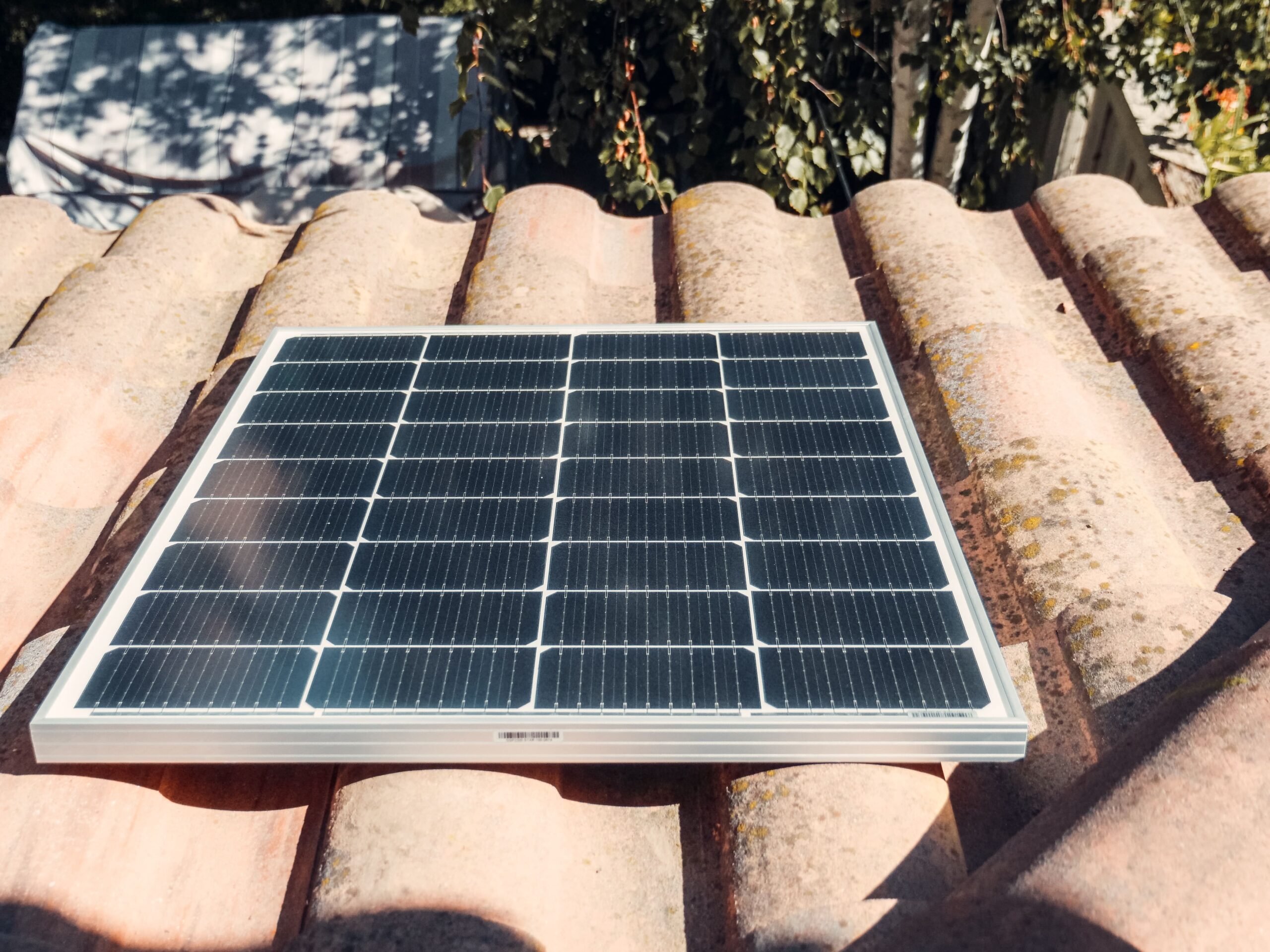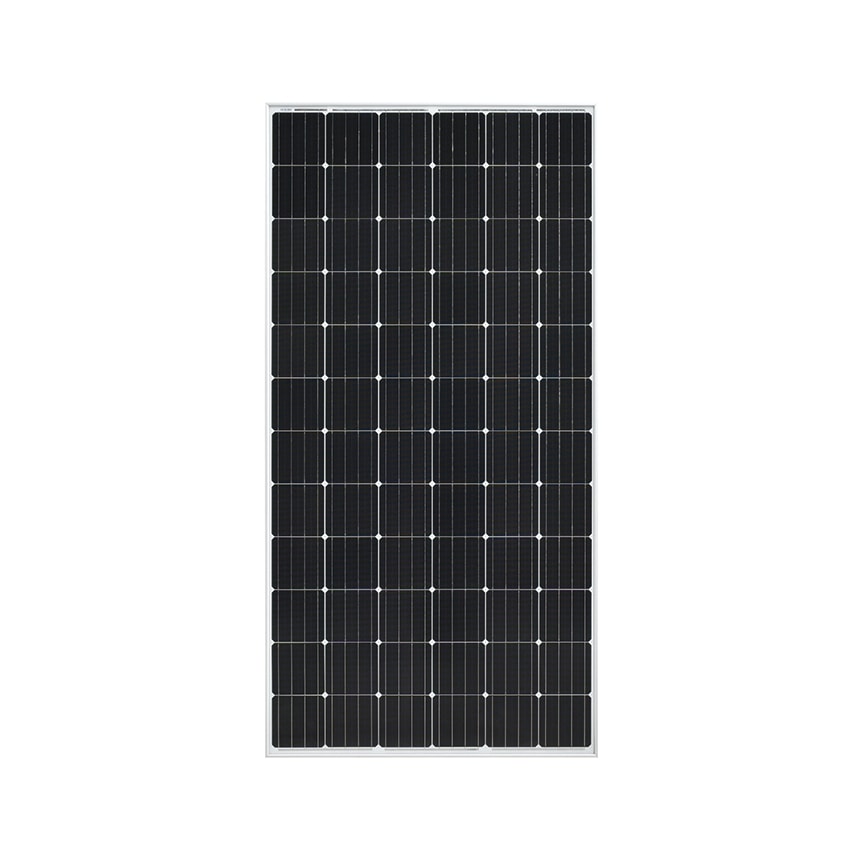
Monocrystalline vs. Polycrystalline Solar Panels: Which is Best for Zambia?
- Jonathan Lungu
- April 19, 2023
- Uncategorized
- 0 Comments
Introduction
Solar energy has become a popular alternative energy source in many countries across the world, and Zambia is no exception. With its abundant sunshine, the country has the potential to harness solar power effectively. When choosing solar panels, you’ll likely encounter two main types: monocrystalline and polycrystalline. In this blog post, we’ll explore the differences between these two technologies, discuss how to identify them, and determine which one is best suited for Zambia’s unique conditions.
1. Monocrystalline vs. Polycrystalline Solar Panels: What's the Difference?
Monocrystalline solar panels are made from single-crystal silicon cells. These cells are created using the Czochralski method, which results in a pure, uniform crystal structure. Monocrystalline panels are easily recognized by their black, uniform appearance.
Polycrystalline solar panels, on the other hand, are made from multiple silicon crystal fragments that are melted together. This process results in a less uniform crystal structure. These panels are typically blue in color and have a more “speckled” appearance.
The Home Mate H3G-38 is a Home lighting product we sell at Gasbes Energy that comes with a 12Watts Polycrystalline solar panel making it affordable but durable. you can Purchase this product using the button on the right/bottom.

2. Performance and Efficiency
Monocrystalline solar panels are known for their high efficiency, which typically ranges from 15% to 20%. They perform well in low light conditions and maintain their efficiency in high temperatures. Additionally, they have a longer lifespan than polycrystalline panels, lasting up to 25-30 years.
Polycrystalline solar panels have slightly lower efficiency, ranging from 13% to 16%. However, they are more cost-effective due to the simpler manufacturing process, making them a popular choice for budget-conscious consumers. Their lifespan is slightly shorter, averaging around 20-25 years.
3. Identifying Monocrystalline and Polycrystalline Solar Panels

300 W Polycrystalline solar panel

300 W Monocrystalline solar panel
As mentioned earlier, monocrystalline solar panels have a uniform black appearance due to their single-crystal structure. Polycrystalline panels, on the other hand, have a blue hue and a speckled or marbled appearance. The edges of the individual solar cells in a monocrystalline panel are also typically rounded, while those in a polycrystalline panel are square. some thing to note here as well is the size notice that this is the same wattage of the panel but with different size.It’s also important to note that monocrystalline solar panels are generally smaller in size compared to their polycrystalline counterparts, even when they share the same wattage.
4.Which Solar Panel is Better for Zambia?
Zambia experiences a tropical climate with abundant sunshine, making it an ideal location for solar energy generation. The choice between monocrystalline and polycrystalline solar panels largely depends on your priorities.
If efficiency and long-term performance are your primary concerns, monocrystalline solar panels may be the better choice. Their higher efficiency and better performance in high temperatures make them well-suited for Zambia’s climate. Additionally, their longer lifespan can provide long-term savings.
However, if you’re working with a tight budget, polycrystalline solar panels may be a more suitable option. While their efficiency is slightly lower, they are more affordable and can still provide significant energy generation in Zambia’s sunny conditions.
Conclusion
Ultimately, the choice between monocrystalline and polycrystalline solar panels depends on your specific needs and budget. Both technologies can harness solar energy effectively in Zambia’s sunny climate. By understanding the differences between these two types of solar panels, you can make an informed decision that best suits your requirements and helps contribute to a greener, more sustainable future.
Jonathan boasts more than a decade of expertise in engineering, with a particular emphasis on renewable energy. His extensive experience spans working for notable companies such as Zesco, KCM, Mopani, and FQM, where he gained profound insights into engineering techniques. Driven by a passion for promoting universal access to energy, Jonathan co-founded Gasbes Energy and continues to devote his wholehearted efforts to this cause.
Related Posts
- Gasbes admin
- April 19, 2023
Home Mate H3G-38
The H3G-38 solar home lighting system, features a 12-watt tier 1 solar panel with a 20-year lif ..
